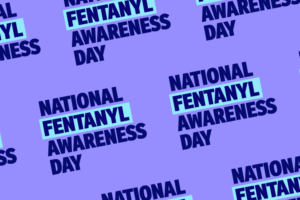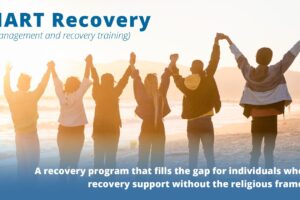How Stigma Hurts
Stigma can be defined as negative attitudes and perceptions towards people of a certain social group or with certain behaviors. In particular, those with substance use disorders are often labelled as criminals or lacking morals instead of having a medical condition in need of care. People who misuse or become addicted to opioids or other drugs experience stigma in ways that adversely impacts their mental, emotional, and physical health – making it harder for them to seek out and access treatment.
The number of Americans who die daily from drug overdose is equivalent to a full commercial airplane crashing. What would happen if your news feed was filled with images of domestic flights crashing every single day? Wouldn’t there be an uproar? Our society wouldn’t be okay with that! However, we are not treating the opioid crisis with the same sense of urgency and concern. Some of this is driven by stigma.
Stigma influences individuals and communities in ways that we may not fully recognize. We can understand that when people remain silent about their, or perhaps, a family members’ substance use issue, that it is partially a product of stigma. But why are certain things hush-hush when they shouldn’t be? Many other diseases and medical conditions avoid the negative perceptions and discriminatory consequences that people with substance use disorders face.
So, what does stigma look like, and where does it show up?
Public stigma is driven by stereotypes about people who use opioids such as their perceived dangerousness or moral failings, which translate into negative attitudes.
Self stigma is when those who are stigmatized accept those judgements as valid and true. For example, this could present as people viewing themselves as worthless or deserving of poor treatment because of their use of opioids.
Stigma by association is when family members and friends may experience forms of stigma as a result of their affiliation with people who use opioids. For example, a mother who lost her child to an overdose may be viewed as inadequate or a failure for not recognizing her child’s addiction.
Institutional stigma refers to an organization’s policies or culture of negative attitudes and beliefs that affect, often invisibly, the way opioid use is approached in the workplace, educational establishment, or any other institution. An example of this sort of stigma is how it affects public policy and access to services. Buprenorphine is an effective medication for Opioid Use Disorder, but is difficult to obtain locally. On the flip side, you can go to any doctor for pain and be prescribed opioids or other life saving medications. The lack of policies to change the accessibility to such things in all communities is representative of institutional stigma.

Stigma hurts people who are addicted to opioids, those who are in recovery, their families, and their friends. It keeps people from seeking help, getting treatment, finding stable recovery and being open and honest with their families and friends. They may feel isolated and unable to access help because of that stigma and fear of rejection. It is not right, but talking about it is a good first step in ending it.
A major part of Healing Cortland’s work involves ending stigma. We are determined to change the narrative about opioid use as we work to end overdose deaths. We recently talked with Dean O’Gorman, a father who lost his child to opioids three years ago. He said it perfectly – “The word junkie is such a trigger for me. These are people and they are hurting. They are hurting bad.”
To learn more about language and how that plays a role, click here.






